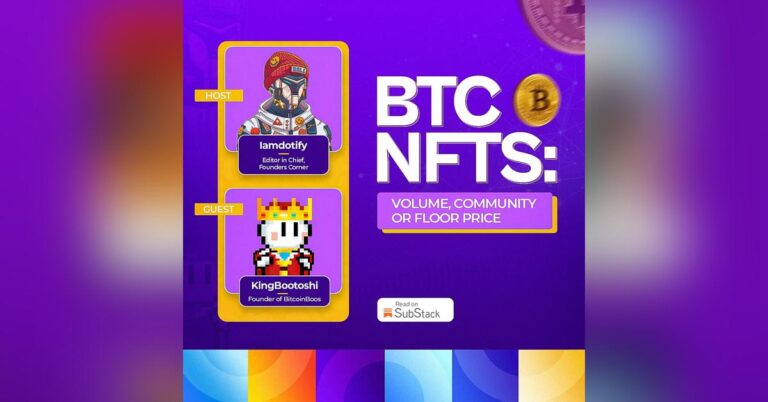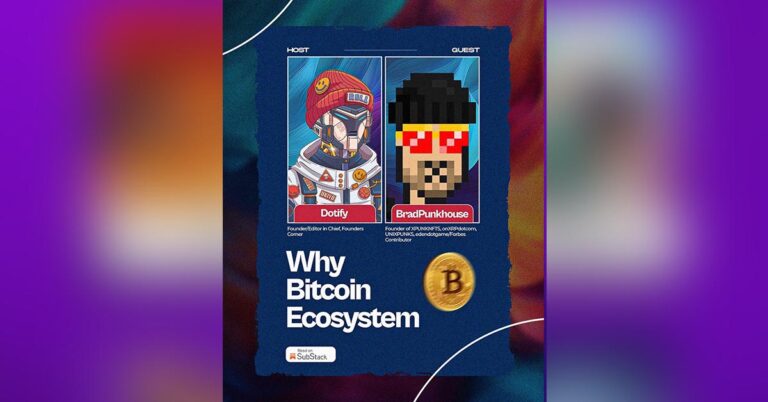Who is Roy and What is ShadowWar?
My name is Roy, and I’ve been involved in crypto since 2016. Most of my experience comes from working within the crypto industry, covering various aspects. The beauty of crypto lies in its versatility; you get to engage with artists, delve into coding on the developer side, understand finance, economics, and even geopolitical aspects. All these elements converge uniquely in the crypto space.
My journey in crypto began as a trader, and over time, I ventured into building different products and contributing to various services. One significant focus for me has been in the NFT space, especially since the emergence of CryptoKitties. Witnessing this, I sensed that NFTs could be a game-changer for blockchain. The challenge has been finding the best execution, balancing tokenomics, marketing, and delivering a high-quality product.
The recent project I’ve been immersed in is the game “Shadow War,” a two-year endeavor. The genesis of Shadow War was rooted in my dissatisfaction with the state of the NFT and crypto gaming industry. Many projects lacked quality, be it economic issues, development problems, or a lack of understanding about the intersection of gaming and crypto.
My frustration led me to start Shadow War, aiming to address the shortcomings I observed in the industry. We took our time, contemplating the necessity of tokens, the role of NFTs, and how to make the project logical, sensible, profitable, and enjoyable for the audience.
I’ve always been a gamer, and working on games has been a long-standing aspiration. Drawing from my gaming experience, I wanted to ensure that Shadow War not only had a strong crypto foundation but also the necessary gaming expertise to deliver a compelling and enjoyable experience. The team I assembled complements my crypto knowledge with their game development proficiency.
Shadow War aims to set a standard in the evolving world of web 3 gaming. In a field where every project has its philosophy on integrating web 3, we strive to be an example of how to properly incorporate tokens, NFT sets, pfps, and web 3 gaming into a cohesive video game. The goal is to establish a standard that, as of now, remains undefined in this nascent industry. Shadow War is my attempt to contribute to shaping this standard and setting a benchmark for future projects.
Different Approach To Allowlist, How Did That Emerge?
In general, if you want to embark on a crypto project, there’s a prevalent approach, a kind of meta. You follow the trends—cool animations, collab spots for a vast audience, a low mint price. It’s a known formula, a meta that many adopt for an average project. However, if your goal is to set standards, it requires a different mindset. We’re not just creating a game; we’re setting a standard at every level. Whether it’s Twitter posts, content creation, or mission systems, every interaction should reflect a team that thinks holistically, not fixating on one aspect but considering everything.
Our marketing strategy reflects this intentional departure from the average project. We aim to showcase what’s possible and challenge others to elevate their standards. Yes, it’s an immense amount of work, and executing it in a timely fashion is no small feat. However, we believe the bar for quality will only rise with time. Those relying on average, follow-the-meta projects may not fare well in the long run. Our vision is long-term, and when you play the long game, you approach things differently. This flexibility has allowed us to create what we have.
Discussing our marketing efforts, we began preparations about six months ago. The actual marketing activities commenced only six to seven weeks ago. This timeline underscores the meticulous planning, content creation, system development, front-end design, and token considerations that went into our approach. It’s a testament to the depth of our preparations and our commitment to delivering a project that stands out in the crypto space.
No Roadmap, Why?
I don’t believe in laying out detailed road maps because, you know, plans might change. Instead, I believe in showcasing what we’ve achieved. Look at the game we’ve built over the last two years—we’ve documented our journey, shared gameplay on YouTube, created multiple websites, and engaged in exciting ARG activities like shadowy code-breaking adventures. We’re not just talking about future plans; we’re demonstrating our progress.
Sure, we have plans for the game’s future, including the implementation of NFTs and product launches. However, what’s more crucial to me is our track record, our history. It’s about what we’ve already accomplished. The proof is in the pudding, as they say.
Moving forward, our goal is to release a full product from day one. No waiting around for updates; your agent will be ready to mint with unique functionalities and interactions right away. It’s not about telling people to believe in something; it’s about showing them what they can see, touch, and experience—the tangible proof.
On a structural level, our creation has to make sense as an NFT, a web 3 product, and a game. We’re not just slapping a crypto token on an existing concept. We’re pioneering new designs, merging the excitement of games like Devil May Cry and League of Legends into a third-person context. We’re not just following trends; we’re setting standards.
In the long term, we want Shadow War to be a game that stands out, not just because of its crypto elements but because it’s genuinely enjoyable. We’re not taking shortcuts by relying solely on the token; the game itself has to be competitively viable, engaging, and fun. The token should enhance the experience, not be the sole reason for it. That’s our vision—a game that’s fun on its own, with the crypto systems adding an extra layer of excitement, similar to the way CS:GO players trade skins. That, to me, is the long-term vision for the game.
Role of Web 3.0 In Shaping Gaming
I believe that gaming has always been dynamic and ever-evolving. In the past, PC games dominated, followed by a significant era of consoles. Now, mobile games are a prominent player in the field. The technology within games is constantly advancing, with features like ray tracing becoming a standard in recent GPU generations.
Notably, the design of games has also transformed. Live service games, such as Fortnite, where developers regularly release updates, have become popular. I foresee a shift towards user-generated content (UGC) becoming more prevalent. Recognizing that hungry gamers often surpass developers’ capacity, systems allowing players to create their own content, as seen in Minecraft, can redefine the gaming landscape.
This constant evolution bodes well for crypto, web 3, and experimentation with tokens, as well as NFTs. In the next five years, I anticipate that any game lacking a crypto token, NFT, or web3 integration might be perceived as outdated. The network effects created by these integrations offer a unique and irreplicable experience. I believe that the future of gaming will involve some form of crypto, whether in design, tokenomics, or economics, enhancing and revolutionizing the industry.
Got Funding? Spill
My experience in the VC and crypto space dates back to 2016, starting as a prop trader and later establishing my own VC. Over the years, I’ve engaged with numerous tier-one VCs, gaining insights into the value they bring. Typically, VCs offer financial support, but with limited capacity to assist each funded project thoroughly.
Observing cases like Animoca, where the name backing often outweighs tangible support, I decided to approach funding for Shadow War differently. Instead of giving away substantial ownership to VCs, we focus on allocating ownership to those actively contributing—single Angels and value-adding individuals. Notably, Crypto Path and Cointelligence are examples of contributors who bring not only investment but also expertise and assistance.
While we acknowledge the potential value of big VC names for branding, we’ve been cautious about the funding we accept. We’ve brought in $2 million so far, primarily from private Angel connections and backers with a deep understanding of the web3 and crypto gaming landscape. We’ve strategically involved funds like Cluster Capital and Cointelligence, who have proven to be exceptionally value-adding partners.
Looking ahead, we may consider a larger VC round, but our priority remains on contributions that go beyond financial backing. We’re keen on maintaining a balance, minimizing funding to maximize community benefits and ensuring that every partner actively contributes to our project’s success. As we progress towards the launch, the emphasis remains on real value addition rather than just acquiring checks.



